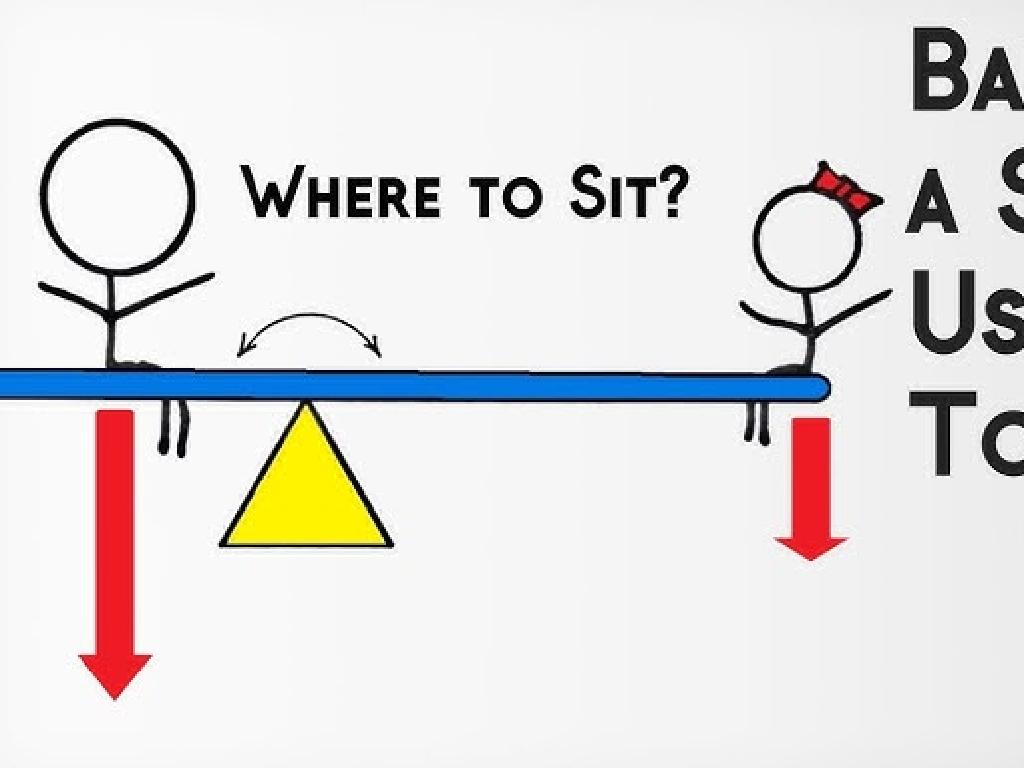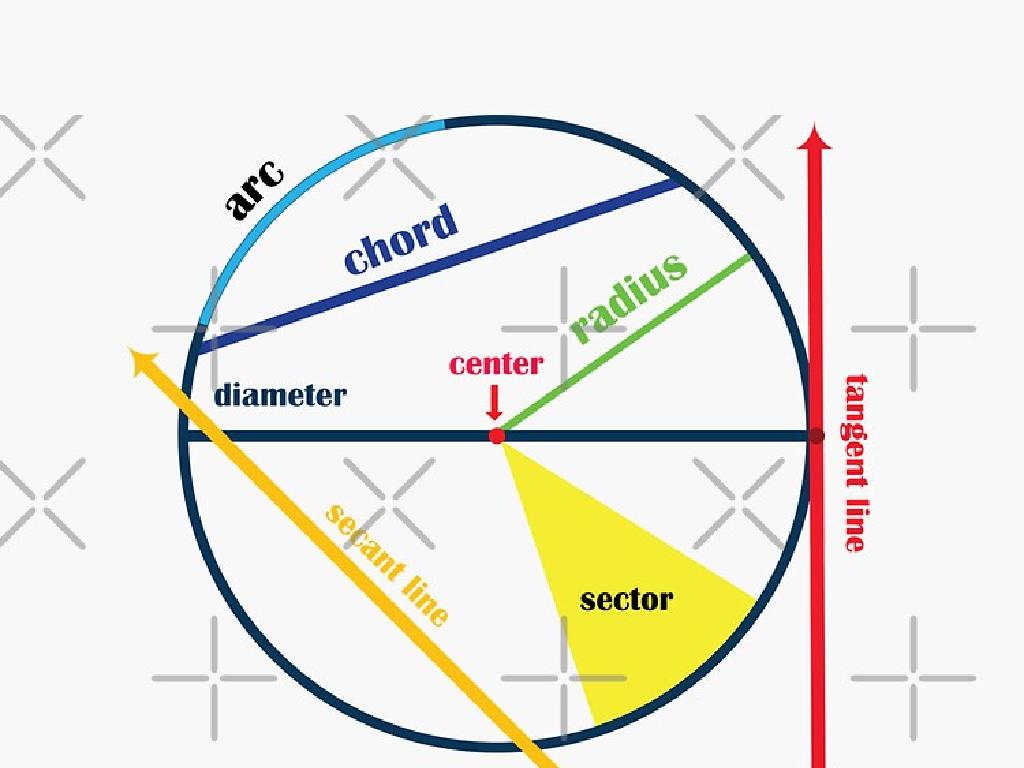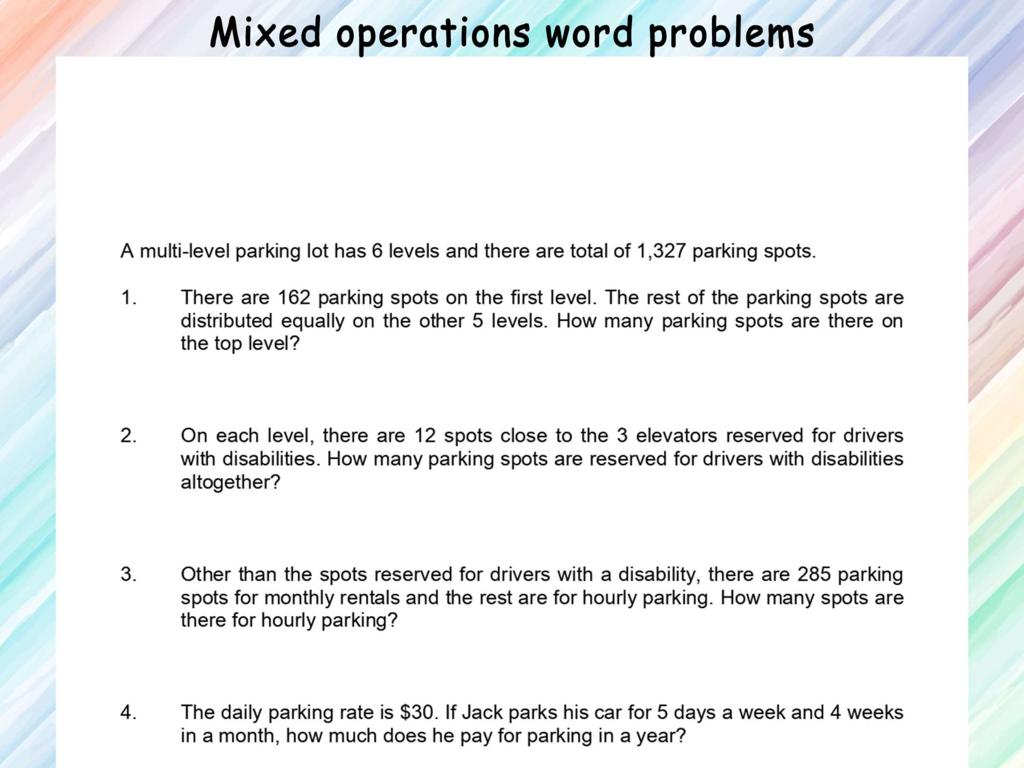Read A Plant Pedigree Chart
Subject: Science
Grade: Fourth grade
Topic: Traits And Heredity
Please LOG IN to download the presentation. Access is available to registered users only.
View More Content
Introduction to Plant Traits and Heredity
– How plants inherit traits
– Traits in plants are passed from parent to offspring
– Exploring plant traits
– Traits include leaf shape, flower color, etc.
– Defining heredity in plants
– Heredity is how these traits are genetically transferred
– Examples of heredity
– A pea plant’s flower color: inherited from parent plants
|
This slide introduces the basic concepts of traits and heredity in plants. Begin by explaining that traits are characteristics or features that can be observed, such as the shape of leaves or the color of flowers. Discuss how these traits are passed down from parent plants to their offspring through heredity, which is the genetic transmission of characteristics. Use simple examples like pea plants, which Gregor Mendel famously studied, to illustrate how certain traits are inherited. Encourage students to think of traits they may have observed in plants at home or in the garden. This foundation will help them understand how to read a plant pedigree chart, which visually represents the inheritance of traits.
Exploring Plant Pedigree Charts
– What is a pedigree chart?
– A diagram that shows a plant’s family tree and traits.
– Purpose of pedigree charts
– Helps us track the inheritance of traits over generations.
– Decoding symbols and lines
– Circles, squares, and lines represent family members and their connections.
– Practice reading a chart
|
This slide introduces students to the concept of plant pedigree charts, which are tools used by scientists and gardeners to visualize the inheritance of traits in plants. Explain that these charts are like a family tree for plants, showing which traits have been passed down through generations. Emphasize the importance of understanding the symbols, such as circles and squares, which represent different plants or family members, and lines that show relationships and trait transmission. Encourage students to practice reading and interpreting these charts with examples, reinforcing their understanding of heredity and genetics in plants.
Reading a Plant Pedigree Chart
– Identify chart generations
– Generations are labeled as P, F1, F2, etc.
– Trace trait inheritance
– Follow the trait through the family tree
– Understand dominant traits
– Dominant traits overpower others
– Recognize recessive traits
– Recessive traits appear if dominant is absent
|
This slide introduces students to the basics of reading a plant pedigree chart, an essential tool in understanding heredity and genetics. Start by explaining how generations are labeled in these charts, with ‘P’ representing the parent generation, and ‘F1’, ‘F2’, etc., indicating the first, second, and subsequent filial generations. Teach students how to trace the inheritance of a trait through these generations, looking for patterns that suggest which traits are passed down. Discuss the concept of dominant and recessive traits, using examples like flower color where a dominant trait will mask the presence of a recessive trait unless both parents contribute the recessive version. Encourage students to think of other examples and to practice with actual pedigree charts.
Case Study: Pea Plants and Heredity
– Gregor Mendel’s pea plant experiments
– Mendel discovered heredity by breeding pea plants.
– Traits in pea plant generations
– Each generation showed dominant & recessive traits.
– Reading a pea plant pedigree chart
– A pedigree chart shows the traits of plants over generations.
– Analyzing traits across generations
– We’ll look at how traits are passed down in pea plants.
|
This slide introduces students to the foundational work of Gregor Mendel and his experiments with pea plants, which led to the discovery of hereditary genetics. Students will learn about the different traits observed in successive generations of pea plants, such as flower color and pea shape. The class will analyze a pedigree chart together, which will help them visualize how traits are inherited. It’s important to explain the concepts of dominant and recessive traits and how they can predict the appearance of certain characteristics in plants. Encourage students to ask questions and think critically about the patterns they observe in the pedigree chart.
Activity: Create Your Plant Pedigree
– Class activity: Chart a plant’s family
– Choose traits for your plant
– Pick traits like color, size, or leaf shape
– Simulate trait inheritance
– Use coins to represent dominant & recessive genes
– Present your pedigree chart
|
In this interactive class activity, students will create a pedigree chart for a plant, choosing specific traits to track through generations. They will simulate the passing of these traits to understand how dominant and recessive genes affect offspring. Provide students with a list of traits to choose from and use a coin flip to determine which traits are passed on, heads for dominant and tails for recessive. Once completed, students will share their charts with the class, explaining the genetic journey of their plant’s traits. This activity will help solidify their understanding of heredity and genetic probability. Possible variations of the activity could include using different plants, traits, or methods of randomization to simulate gene inheritance.
Recap: Plant Pedigree Charts
– Reviewing pedigree chart reading
– Remember, charts show traits passed through generations
– Importance of plant heredity
– Knowing heredity helps us predict plant traits
– Preview: Plant reproduction
– Next, we’ll learn how plants make new plants!
– Exciting next steps in learning
|
As we conclude today’s lesson, let’s recap the key points about reading plant pedigree charts. Understanding these charts is crucial as they help us trace the inheritance of traits through generations of plants. This knowledge is not only fascinating but also practical for predicting how plants might look or behave in the future. Looking ahead, we’ll dive into the exciting world of plant reproduction, where we’ll explore how plants create offspring and pass on these hereditary traits. Get ready to discover the life cycle of plants and the role of pollination in our next class!






